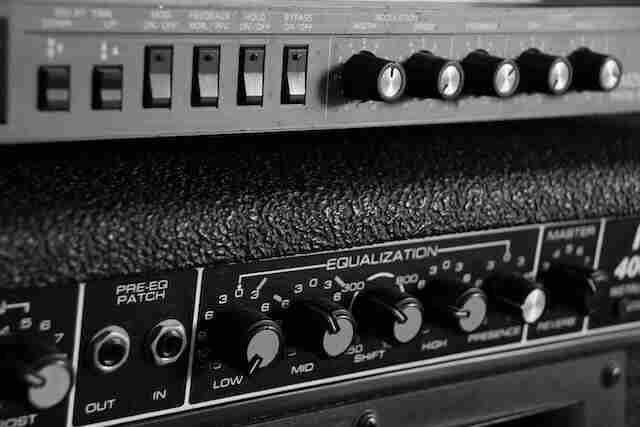There are several ways to hook up an amp without RCA jacks. Some methods include using a RCA adapter connecting speaker wire to a RCA adapter installing using high-level amp inputs hooking up the amp using a line output converter (LOC) or deciding on a place to mount the amplifier in the car[1][2][3][4][5]. The best method will depend on the specific equipment being used and personal preference.
- What Is An RCA Adapter And How Does It Work To Connect An Amp Without RCA Jacks?
- Can You Explain In More Detail How To Connect Speaker Wire To An RCA Adapter?
- What Are High-Level Amp Inputs And How Do They Work As An Alternative To RCA Jacks?
- What Is A Line Output Converter (LOC) And How Is It Used To Connect An Amp Without RCA Jacks?
- Can I Use the Same Method to Connect Sonos to an Amp Without RCA Jacks?
- How Do You Determine The Best Location To Mount An Amplifier In A Car?
What Is An RCA Adapter And How Does It Work To Connect An Amp Without RCA Jacks?
An RCA adapter is a device that allows you to connect an amp without RCA jacks to an audio source that has RCA outputs.
It works by converting the signal from the RCA output into a format that can be used by the amp.
To use an RCA adapter you need to plug it into the audio source’s RCA output and then connect the other end of the adapter to your amp’s input.
This will allow you to play audio through your amp even if it doesn’t have RCA jacks.
There are also other methods for connecting an amp without RCA jacks such as using high-level inputs or a line output converter (LOC).
Can You Explain In More Detail How To Connect Speaker Wire To An RCA Adapter?
To connect speaker wire to an RCA adapter you will need to strip the ends of the speaker wire and insert them into the RCA adapter.
You can use a wire stripper tool to cut the wire and expose the copper strands.
Most stereo receivers amplifiers and standard speakers have terminals on the back for connecting speaker wires.
You can use bare wire or spades for this type of connection.
To connect two devices with RCA cables you can use an adapter that is compatible with both devices.
What Are High-Level Amp Inputs And How Do They Work As An Alternative To RCA Jacks?
High-level amp inputs are an alternative to RCA jacks for connecting an amplifier to a factory radio or head unit.
High-level inputs use the speaker wire leads off of the back of the radio instead of using RCA connections.
You can take the speaker wire connections and use them to send the input signal to the amplifier.
This method needs access to the speaker wiring which is usually located behind the radio.
If your amplifier accepts high-level input from RCA cables you can use an RCA adapter to connect it to your factory radio.
High-level inputs are also called speaker-level inputs.
What Is A Line Output Converter (LOC) And How Is It Used To Connect An Amp Without RCA Jacks?
A line output converter (LOC) is a device that converts a speaker-level output signal into an RCA preamp-level signal.
It is used to connect an amplifier to a head unit without RCA jacks.
The LOC can be connected to the car’s stereo head unit and it will convert the speaker-level output signal into an RCA preamp-level signal that can be used to connect the amplifier.
Can I Use the Same Method to Connect Sonos to an Amp Without RCA Jacks?
Yes, you can use the same method to connect Sonos to an amp without RCA jacks. Simply follow the steps outlined in the “connect Sonos to iPhone tutorial” to easily connect your Sonos system to the amp using alternative methods such as optical or digital coaxial connections.
How Do You Determine The Best Location To Mount An Amplifier In A Car?
To determine the best location to mount an amplifier in a car you should consider several factors.
The location should have flat floors and adequate ventilation.
You should also check underneath your vehicle to make sure there aren’t any wires or pipes on the other side of where you want the amp.
If space is limited you may need to consider mounting the amp under behind or between the seats.
It’s also recommended to use rubber grommets around mounting screws or mount it to a wooden board before attaching it to your car’s body.
Possible locations include on the back of a rear seat or under a front or passenger seat.
